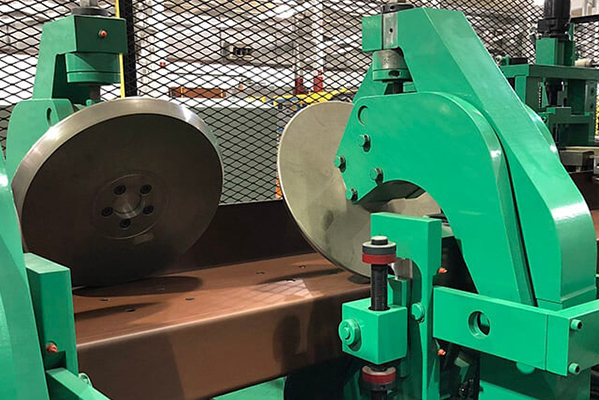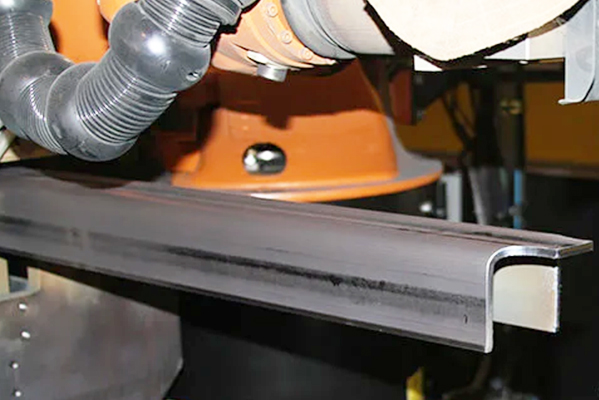Navigation Menu
Contact Us
- Email:
- info@wxavatar.com
- Address:
- Yurong Village, Yuqi Street, Huishan District, Wuxi, China.
Release Date:Jun 07, 2025 Visit:37 Source:Roll Forming Machine Factory
Increasing production efficiency is crucial for businesses to stay competitive in today's manufacturing landscape. Roll forming, a highly efficient continuous metal sheet forming process, can significantly enhance overall output and optimize production workflows with innovative equipment upgrades. Here's how new types of roll forming equipment can boost production efficiency:

Enhanced Precision and Stability
Modern roll forming machines typically feature more advanced control systems and higher-precision mechanical components. This translates to tighter control over forming tolerances, which reduces scrap rates and the need for rework. Increased stability ensures the equipment can operate for extended periods under heavy loads, minimizing downtime due to equipment malfunctions or precision drift. This directly increases the machine's effective operating time.
Faster Die Changes and Easier Operation
Traditional roll forming equipment can be time-consuming when it comes to changing dies. New machines often incorporate quick-change die systems, such as automated die change devices and modular roll designs. These innovations drastically cut down changeover times, allowing production lines to adapt more quickly to different product requirements. Moreover, more user-friendly interfaces and automated adjustment features reduce operator workload and skill requirements, minimizing the chance of human error.
Optimized Production Cadence and Speed
Thanks to more powerful drive systems and optimized roll designs, new roll forming equipment can usually operate at higher line speeds. This means more products can be produced in the same amount of time. Some advanced machines also offer intelligent production cadence optimization, which can automatically adjust operating speeds based on material properties, product structure, and other factors to maximize production efficiency.
Increased Automation and Intelligence
Automation and intelligence are key ways new roll forming equipment boosts efficiency. For example, integrated automatic loading and unloading systems reduce manual intervention, improving material flow efficiency. In-line quality inspection systems can monitor product dimensions and shapes in real-time, alarming or automatically adjusting if deviations occur to ensure consistent product quality. Data collection and analysis functions provide comprehensive information for production management, helping businesses identify bottlenecks and continually improve.
Reduced Energy Consumption and Operating Costs
While new equipment might involve a higher initial investment, optimized designs and technological advancements can reduce unnecessary energy loss during operation, such as more efficient motors and drive systems. Over the long term, lower failure rates, increased production efficiency, and reduced reliance on manual labor can effectively lower the overall production cost per unit.

In summary, new roll forming equipment significantly enhances production efficiency by improving precision and stability, speeding up die changes, optimizing production cadence, increasing automation and intelligence, and reducing operating costs. These improvements not only help businesses improve their market competitiveness but also lay the groundwork for future manufacturing advancements.